Museum-Made Monsters
The classic monster-movie artifacts that appeared in our Natural History of Horror exhibition are the result of one man’s uncanny foresight: Honorary Curator Earl Theisen.
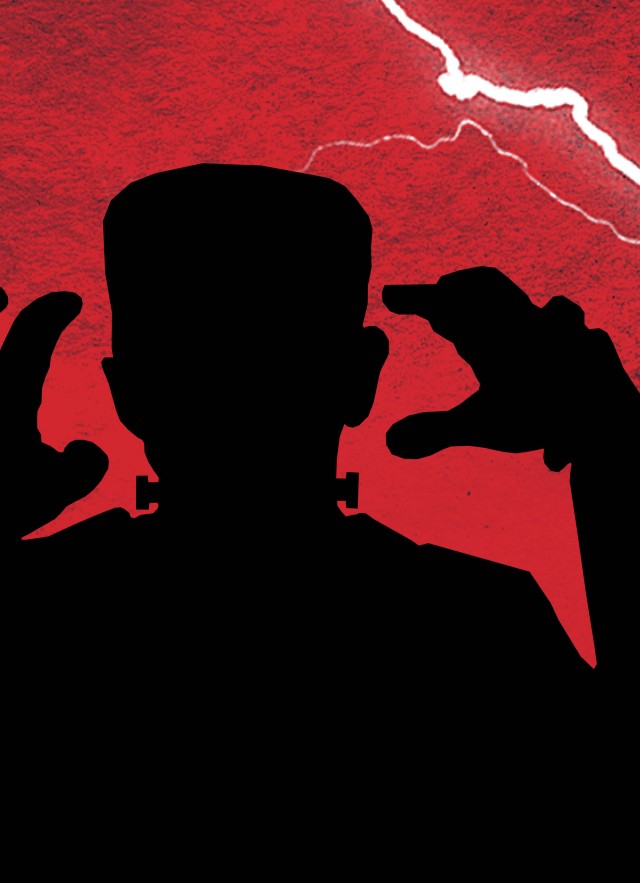
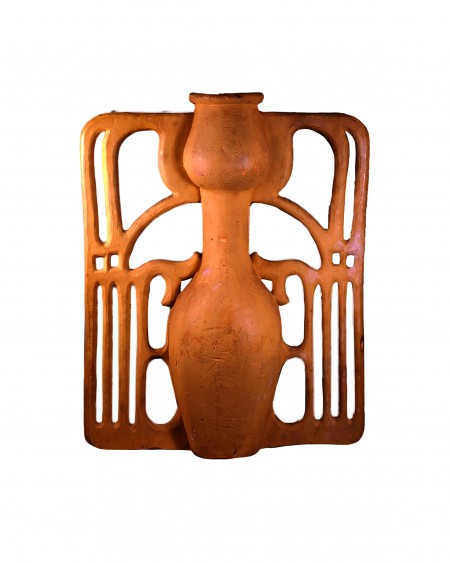
There’s no mystery to who masterminded NHM’s monstrous collection. Per our own History Collections Manager Beth Werling, the classic monster-movie artifacts that were on display in the Natural History of Horror exhibition are the result of one man’s uncanny foresight: Honorary Curator Earl Theisen.
When Theisen floated the idea to the History Department in 1930, it was still rare for museums to collect film artifacts, perhaps even more so to go after contemporaneous ones. At the time, costumes and props were reused, periodically purged, or maybe taken as souvenirs. Theisen’s ability to recognize the historical value of objects on set must have impressed: He was taken up on the offer and made Honorary Curator under the Mechanical Sciences Section of the History Department.
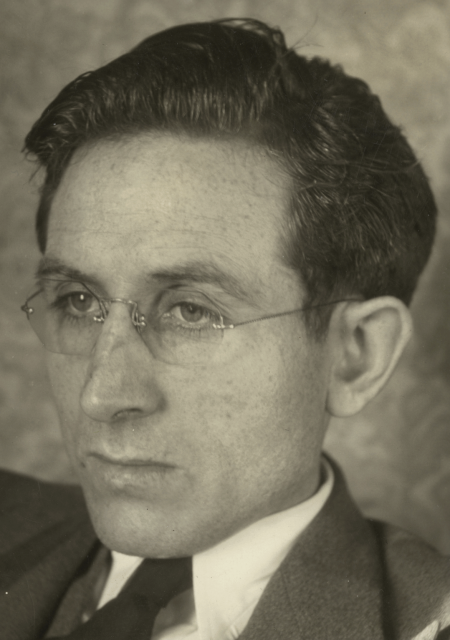
THE MAN BEHIND THE MASKS
From 1930 to 1942, Theisen proved himself to be gifted at acquisition. We have him to thank for the metal shackles that restrained Frankenstein’s monster in the 1931 classic, the cloth wrappings actor Boris Karloff wore in The Mummy, as well as a prop vase from that 1932 flick that was probably inspired by one from Egyptian King Tutankhamun’s tomb.
“What made Earl Theisen outstanding as a curator is that he was able to determine what was important to collect in the movie industry from a contemporary standpoint,” says Werling. “Based on his collecting record, there is not a single item that isn’t even more historically important today than when he collected it.”
Much like Dr. Frankenstein, Theisen didn’t have monsters on the brain when he undertook his project. It just so happened to coincide with the advent of the American horror film genre and, luckily for us, a donation from Universal, the studio responsible for bringing the iconic monsters that were featured in Natural History of Horror to the silver screen.
Without Theisen’s sixth sense for the future importance of the items he collected, NHM’s treasured Hollywood movie artifacts might never have seen the light.
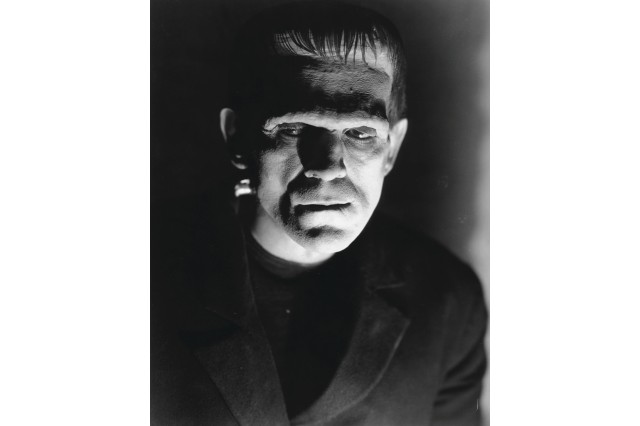
Courtesy of Universal Studios Licensing LLC.
Mary Shelley’s Frankenstein came to life in the 1931 film. The shocking science in the story was inspired by the work of Luigi Galvani—a real 19th-century scientist who studied “animal electricity.”
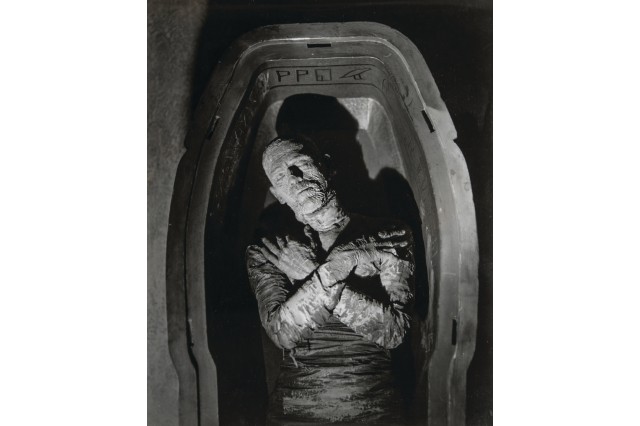
Courtesy of Universal Studios Licensing LLC.
The 1932 film The Mummy was inspired by the discovery of King Tutankhamun’s tomb in 1922.
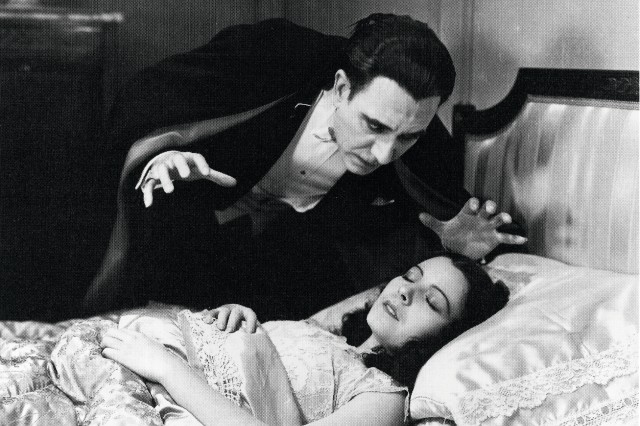
Courtesy of Universal Studios Licensing LLC.
The vampire legend might have started as a way to explain the spread of disease. The myth took flight in the 1931 film Dracula.
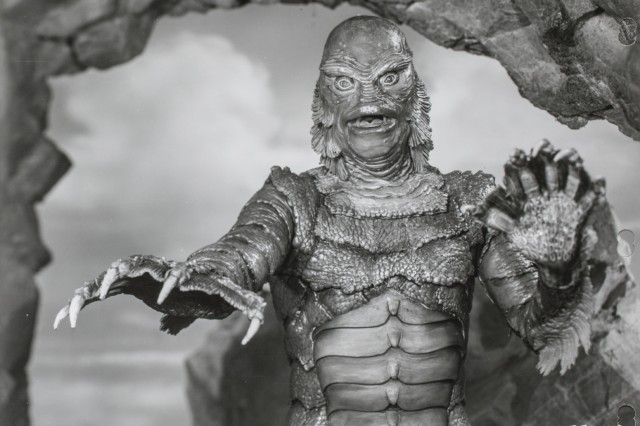
Courtesy of Universal Studios Licensing LLC.
The Creature from the 1954 film The Creature From The Black Lagoon

These chains restrained Frankenstein’s monster in a scene deemed too graphic by censors of the day.
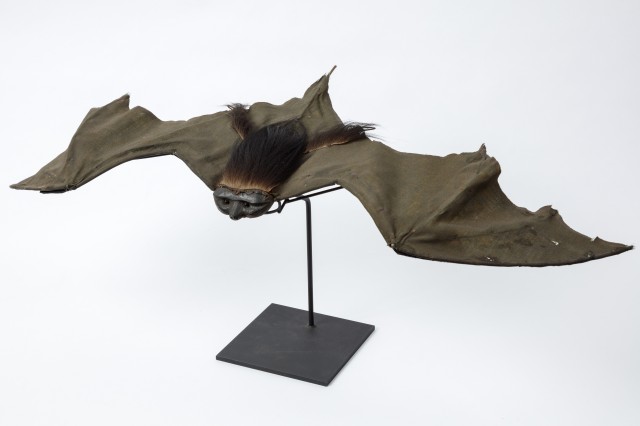
Terrifying at the time but kind of cute today this vampire bat prop appeared in Dracula films.
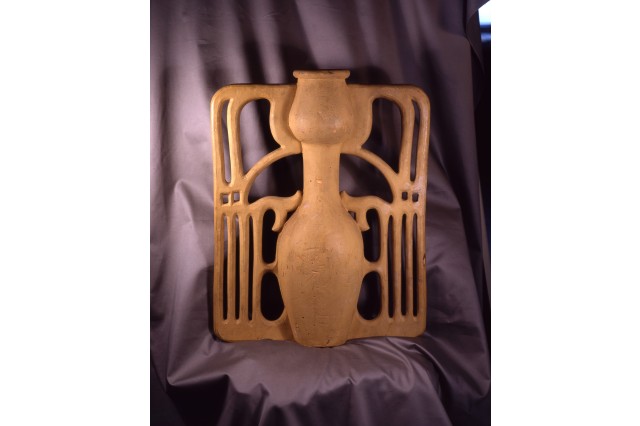
This prop vase used in the film The Mummy was probably inspired by one found in King Tutankhamen's Tomb
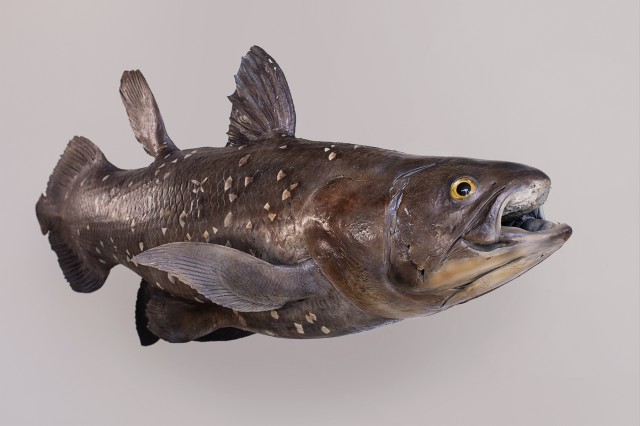
The discovery of a live coelacanth inspired the character design of the Creature From The Black Lagoon
1 of 1
Mary Shelley’s Frankenstein came to life in the 1931 film. The shocking science in the story was inspired by the work of Luigi Galvani—a real 19th-century scientist who studied “animal electricity.”
Courtesy of Universal Studios Licensing LLC.
The 1932 film The Mummy was inspired by the discovery of King Tutankhamun’s tomb in 1922.
Courtesy of Universal Studios Licensing LLC.
The vampire legend might have started as a way to explain the spread of disease. The myth took flight in the 1931 film Dracula.
Courtesy of Universal Studios Licensing LLC.
The Creature from the 1954 film The Creature From The Black Lagoon
Courtesy of Universal Studios Licensing LLC.
These chains restrained Frankenstein’s monster in a scene deemed too graphic by censors of the day.
Terrifying at the time but kind of cute today this vampire bat prop appeared in Dracula films.
This prop vase used in the film The Mummy was probably inspired by one found in King Tutankhamen's Tomb
The discovery of a live coelacanth inspired the character design of the Creature From The Black Lagoon